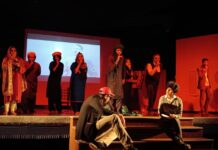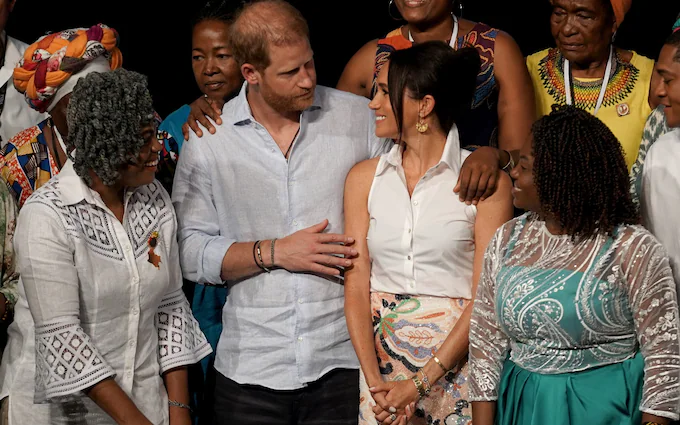The Duke and Duchess of Sussex’s recent four-day visit to Colombia, which has been described as a quasi-royal tour, produced a slew of polished images and glowing reports of enthusiastic locals and joyful children. However, as the couple returns to their California home, questions linger about the purpose and outcomes of their visit to this complex Latin American country.
While there were vague statements about “uplifting communities” and “showcasing the nation’s heritage,” many observers remain puzzled about the timing and rationale behind the Sussexes’ choice to visit Colombia. The ambiguity surrounding the trip’s objectives has left many as perplexed now as they were before the couple arrived in Bogotá.
A significant part of the mystery may stem from the highly controlled nature of the tour. Unlike traditional royal visits, the media was not broadly invited. Instead, the entire trip was carefully managed through the Sussexes’ own public relations efforts. Only one handpicked journalist from the US publication Harper’s Bazaar was granted access, tasked with reporting on each event to global media outlets.
As expected, the resulting coverage was overwhelmingly positive, offering a general overview of the engagements without delving into specifics. The account provided few direct quotes, leaving other media organizations scrambling to piece together details from snippets of video and local reports. This lack of independent scrutiny has raised concerns about the transparency and intentions behind the tour.
Now operating as private individuals, no longer dependent on public funds, the Sussexes have the freedom to conduct their activities as they see fit. This independence was a key factor in their decision to step back from royal duties. However, by tightly controlling the narrative of their Colombia visit, they have inadvertently created more questions than answers.
Some of the most significant moments, such as Prince Harry’s strong remarks about social media during an online safety summit in Bogotá, were not widely disseminated by their foundation, Archewell, or covered in depth by the selected journalist. His condemnation of the toxic digital environment, particularly in the wake of the violent riots in the UK following the Southport stabbings, likely resonated with the public, yet these statements did not receive the attention they might have deserved.
This leads to the broader question: what did the Sussexes want the world to see from this trip? When they visited Nigeria in May, Prince Harry emphasized the importance of direct engagement, stating, “There’s only so much one can do from home and over Zoom. So we look forward to travelling more … there will always be reasons to meet the people at the heart of our work.”
One can only speculate that the insights they gained in Colombia will shape their future initiatives. However, without clearer communication or broader media access, the true impact and purpose of their visit remain somewhat obscured.























